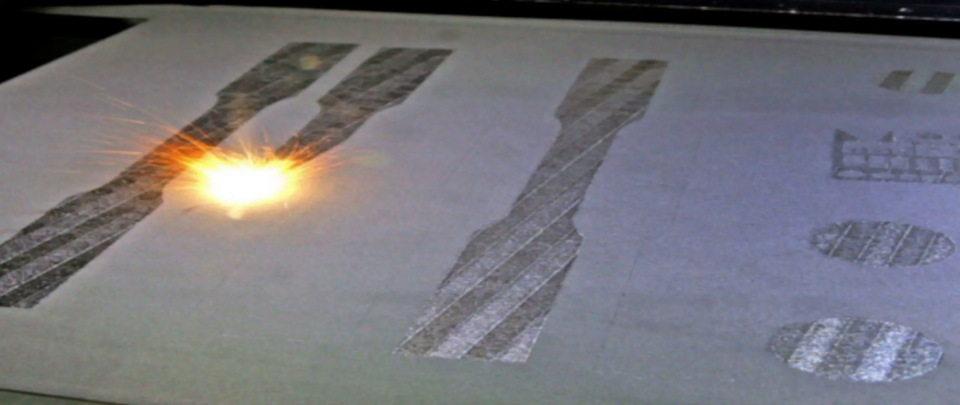3D Printing Technologies
Welcome to our 3D printing technologies overview. We offer a variety of cutting-edge 3D
printing methods to cater to diverse needs.
Click on the links below to learn more about each technology.
Contrary to the common belief that there is a one-size-fits-all solution in 3D printing, there are several distinct 3D printing technologies. Not every 3D printing process is suitable for the same project.
3D printing, also known in the industry by the somewhat more abstract term additive manufacturing, involves depositing materials such as plastics or metals in layers or melting them into the desired form. This results in individual parts, assemblies, or series.
We offer all state-of-the-art 3D printing technologies. The complexity of the printed parts has (almost) no limits, and in our repertoire, you will find a wide selection of materials and post-processing options. Learn about the suitable 3D printing process for your project.
FDM (Fused Deposition Modeling)
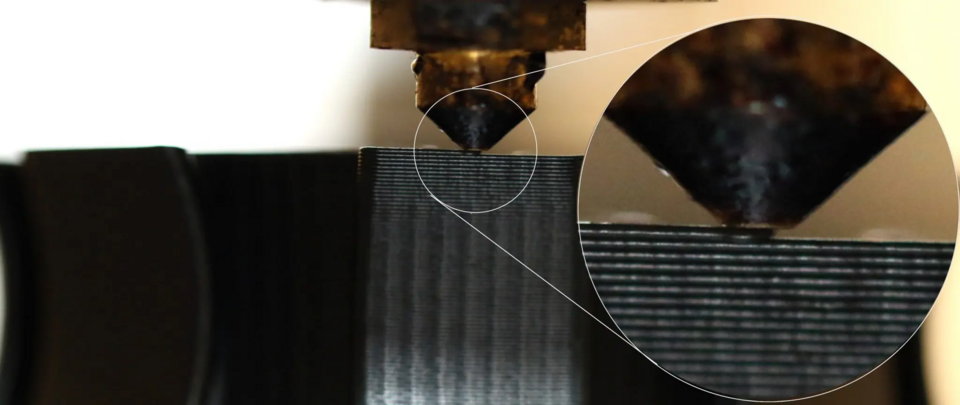
Fused deposition Modeling also known as Fused Filament Fabrication (FFF), is a foundational 3D printing technology.
It builds objects layer by layer using thermoplastic materials.
FDM parts are characterized by a layered structure.
Despite its visible layers, FDM is widely used in various industries for rapid parts production.
SLA (Steriolithography)
also referred to as two-part writing with liquid, uses UV light to polymerize a liquid resin layer by layer.
This process creates highly detailed and precise objects with an exceptional surface finish.
SLA is ideal for producing miniature parts and intricate prototypes.
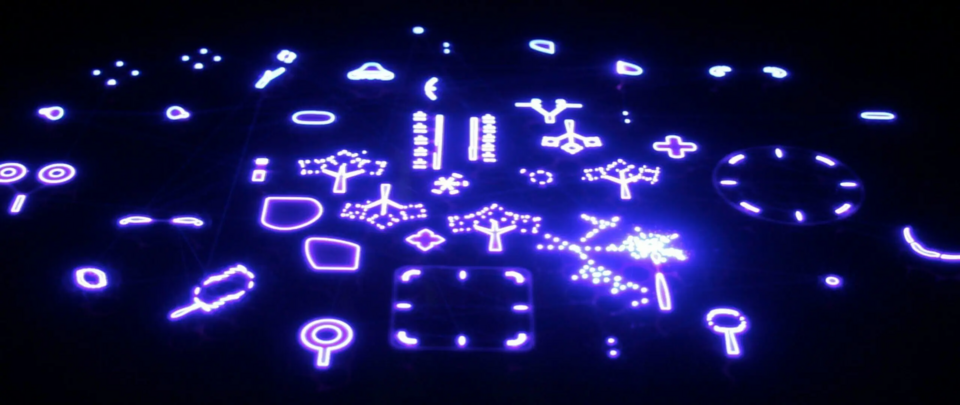
Polyjet (Photopolymer Jetting)
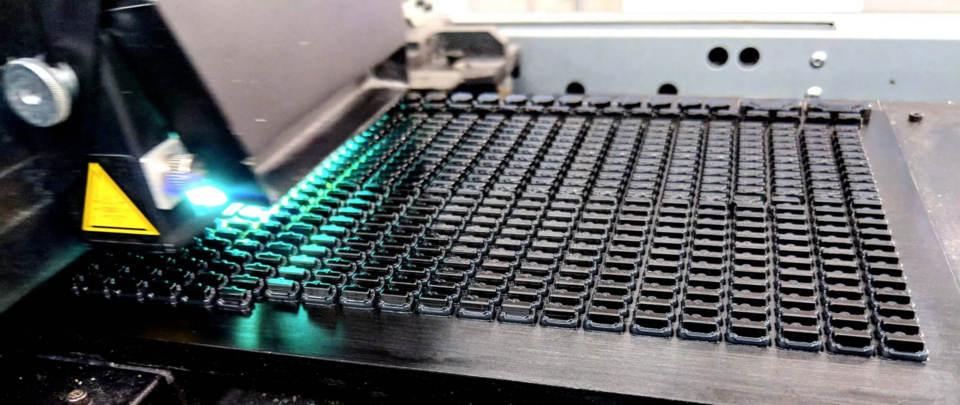
PolyJet, also known as Photopolymer Jetting, offers unparalleled precision and surface finish.
It involves spraying UV-curable material in tiny droplets onto a build platform. PolyJet 3D printing is suitable for applications requiring high detail and accuracy, such as intricate
prototypes and anatomical models for medical training.
SLS (Selctive Laser Sintering)
Selective Laser Sintering (SLS), or partial laser melting, uses a fine-grained powder as the base material.
The laser selectively melts the powder to create complex parts. SLS is highly efficient and allows for the production of multiple parts simultaneously.
It's known for its design freedom and suitability for serial part production.
Unlike most other methods, SLS doesn't require support structures.
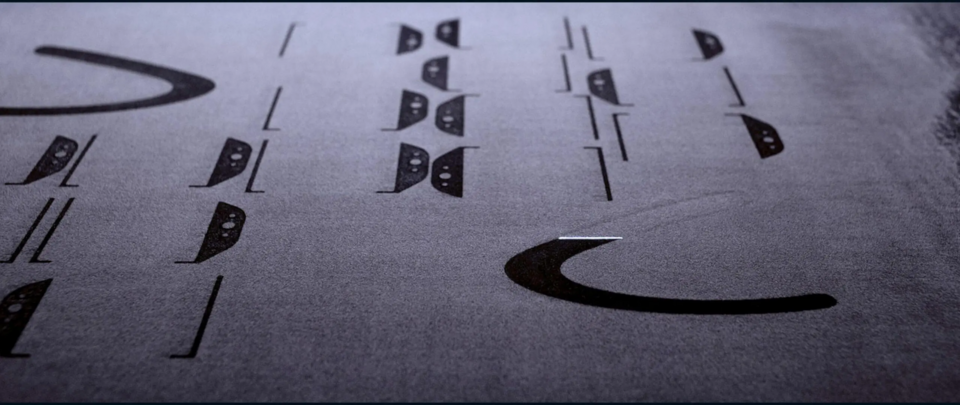
CJP (Color Jet Printing)
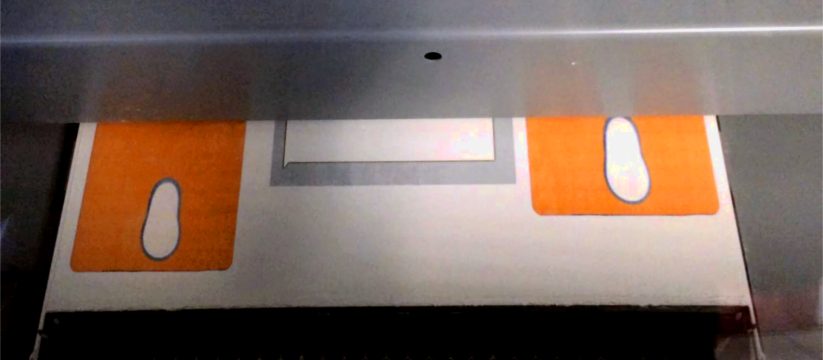
Color Jet Printing (CJP), also known as Binder Jetting, is a 3D printing method that uses a liquid binding agent to bond layers of powder material.
CJP is notable for its ability to produce full-color, high-resolution models.
It's often used for Display models, visual prototypes, and anatomical Models.
DLM ( Direct Laser Melting) Metal
Direct Metal Laser Melting (DLM) is an additive manufacturing technology that utilizes a high-powered laser to selectively melt and fuse metal powder particles layer by layer, thus creating complex three-dimensional objects. This process begins with a digital 3D model sliced into thin cross-sectional layers. The laser selectively melts the metal powder according to the design specifications, fusing the particles together to form solid metal parts. DLM offers several advantages, including the ability to produce intricate geometries, reduced material waste, and shorter lead times compared to traditional manufacturing methods. Additionally, DLM allows for the production of parts with excellent mechanical properties, making it suitable for a wide range of industrial applications, including aerospace, automotive, and medical industries.
